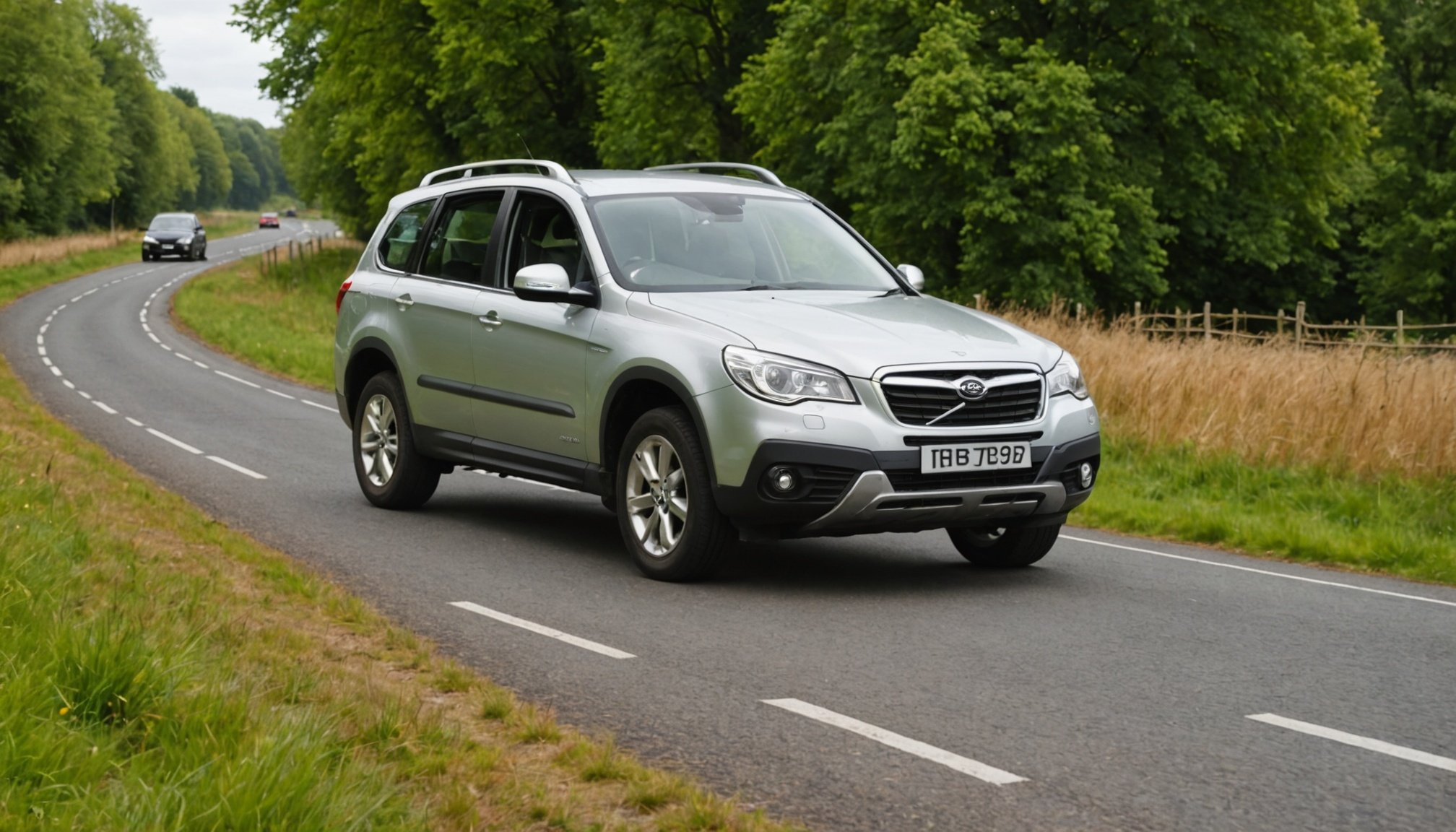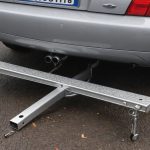Understanding UK Vehicle Regulations
Navigating UK vehicle compliance involves adhering to a set of defined regulations and legal standards designed to ensure the safety and efficiency of vehicles on the road. These rules are especially crucial for those who commute regularly, as maintaining compliance can prevent legal issues and enhance safety.
In rural areas, where road conditions can be less predictable, the importance of compliance cannot be overstated. Rural drivers face unique challenges, such as varying terrain and limited visibility, which necessitate a rigorous adherence to legal standards. Failure to ensure compliance can result in legal consequences such as fines, and safety risks, putting both the driver and others at risk.
Have you seen this : Essential guide to preparing your vehicle for the uk’s upcoming euro 7 emissions regulations
Understanding these regulations is not merely about avoiding penalties; it is about ensuring that vehicles are fit for operation and meet the legal standards required for all types of driving conditions. For commuters, a thorough knowledge of what constitutes compliance can lead to safer, more efficient driving experiences.
Therefore, staying informed about the latest vehicle laws will not only help avoid legal troubles but also promote a safer driving experience in the often-unforgiving conditions of rural roads.
Also read : Transform your car”s infotainment: a comprehensive guide to safe upgrades compliant with uk road regulations
Key Elements of Vehicle Compliance
Beyond merely understanding UK vehicle compliance, maintaining your vehicle according to legal standards is pivotal. This involves regular vehicle maintenance, keeping up-to-date with legal documents, and meticulously performing inspections.
Regular Maintenance Checks
Ensuring your vehicle receives routine servicing is a cornerstone of compliance. Regular checks include oil changes, tyre rotations, and brake inspections. These are not only legal requirements but also crucial for avoiding breakdowns. They enhance both vehicle performance and safety, particularly vital for rural commuting where assistance may be less accessible.
Required Legal Documents
Possession of the correct legal documents is obligatory. This includes a valid MOT certificate, proof of insurance, and a current road tax disc. For those embarking on long rural commutes, these documents verify that the vehicle adheres to legal standards and is roadworthy. It is advisable to keep digital copies handy for ease of access.
Recommended Inspection Practices
Inspections should be thorough, focusing on elements like lights, signals, and emissions systems. Before embarking on long journeys, especially in changing rural conditions, it’s wise to perform an in-depth vehicle check. This proactive approach can ensure issues are identified early, thereby preventing potential legal consequences or safety hazards.
Addressing Rural Driving Challenges
Rural commuting presents unique driving conditions that can be both unpredictable and demanding. Rural roads, often characterised by narrow lanes, sharp bends, and changing surfaces, require thorough knowledge and preparation to ensure safety.
Common challenges faced by rural commuters include limited visibility due to natural obstructions like hedgerows, unexpected obstacles such as animals crossing roads, and varying road conditions. These factors necessitate heightened awareness and caution when driving.
To enhance safety, consider implementing the following tips:
- Maintain Adequate Speed: Adjust speed to suit the road conditions and visibility. Driving too fast can make it difficult to react to sudden changes or obstacles.
- Increase Following Distance: Leave more space between your vehicle and the one in front to allow for safe stopping distances.
- Equip for Emergencies: Carry a basic emergency kit including items like a torch, first-aid supplies, and a reflective triangle.
By understanding these challenges and adopting proactive safety measures, rural commuters can minimise risks associated with rural driving. Embracing a mindful approach not only contributes to personal safety but also upholds the integrity of UK vehicle compliance regulations. This ensures that both driver and passengers remain safeguarded amidst the often unpredictable rural conditions.
Best Practices for Vehicle Compliance
Navigating vehicle compliance strategies requires a proactive approach, ensuring adherence to ever-evolving driving regulations.
Keeping Up with Regulatory Changes
To remain compliant, it’s crucial to stay informed about any updates. Regularly monitor official channels, such as government websites, for any alterations in UK vehicle regulations. This vigilance can prevent unexpected legal issues and enhance your safety on the road.
Utilizing Technology for Compliance
Leveraging modern technology can greatly simplify the process of maintaining compliance. Use apps designed to track service schedules and alert you about upcoming MOT tests or insurance renewals. Digital platforms can store important legal documents like your vehicle’s insurance policy and road tax. These technological tools save time and ensure you meet necessary compliance standards efficiently.
Resources for Further Information
Various organizations provide valuable guidance on vehicle compliance. Consider consulting entities like the Department for Transport for detailed insights and updates. They offer resources tailored to rural driving conditions, helping you stay aligned with regional regulations. Additionally, engaging with driving communities online can provide practical advice shared by those familiar with rural commuting challenges.
By implementing these proactive measures, you can confidently meet all compliance strategies, ensuring safety and legality in your daily travels.
Regional Differences in Vehicle Regulations
Understanding regional compliance is crucial because UK vehicle regulations can significantly vary based on location. Drivers across various regions must adhere to distinct local regulations that align with specific road use patterns, weather conditions, and infrastructure peculiarities. This alignment ensures that vehicles are not only compliant but also safe for the unique environments of these areas.
In some regions, there may be specific rules concerning vehicle emissions, which are stricter in urban areas with higher pollution levels. Moreover, regions with harsh winter conditions might have regulations mandating the use of special tyres or additional vehicle equipment like snow chains. Understanding these requirements ensures that vehicles remain operational and within legal standards throughout the year.
Commuters, especially in rural areas, might encounter hurdles due to these variances. For example, rural drivers may find differences in speed limits based on local councils’ decisions. This can catch drivers unaware and lead to fines or penalties. Ensuring a thorough understanding of these localized laws is paramount.
The best approach is to regularly consult local government websites or community boards for updated regulations. This practice not only helps maintain compliance but also promotes safer driving practices tailored to local conditions. By staying informed, drivers avoid unnecessary legal troubles and enhance their overall commuting experience.






